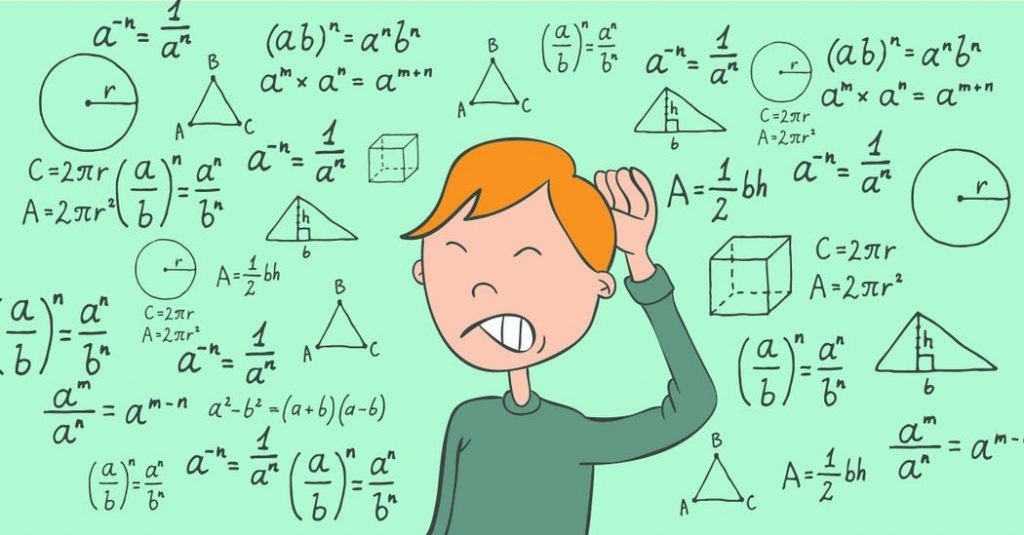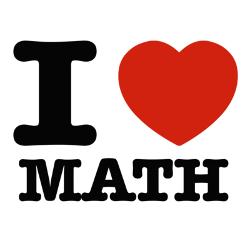
Most wargamers have an understanding about what an “average” roll will be. If you are given 4 saving throws to make on a 4+, a typical player will expect to make two of those saves. The same player will fail 3 of them and then attribute the loss to their consistently terrible dice rolls, when really there was a 25% chance for that result, vs a 37.5% to save exactly two. What escapes the common player when evaluating risk vs reward is the concept of the standard deviation.
Before we dive to deep into mathematical definitions, let’s start with another example. Suppose a Wulfen dread charges and is attacking some primaris marines. The wulfen dread can choose between a cleave attack or a heavy attack.
| Attack | Attacks | Hit | Wound | AP | Damage | Avg Marine Kills |
| Cleave | 8 | 2+ | 3+ | -3 | 1 | 1.85 |
| Heavy | 4 | 3+ | 2+ | -3 | D6 | 1.54 |
Mathematically either attack has the same number of wounds to go through on a primaris marine. The fact that primaris marines are two wounds makes the cleave attack favorable since a heavy attack damage roll of 1 is a possibility. Statistically you are at an advantage to use the cleave attack. So you should always cleave vs marines……..right?
Suppose you were in a critical position to win the game, to contest an objective you had to kill 3 primaris marines. Which attack would you use?

| Attack | % to kill at least 3 marines |
| Cleave | 6.4% |
| Heavy | 16.3% |
As it turns out in this scenario you want to use the heavy attack, because the odds of much more varied results are higher. In short, the amount different results deviate from a standard, is larger.
Lets compare the first scenario of making 4 saving throws on a 4+, to making 100 saving throws on a 4++. In both cases, the “average” result is saving half of your throws, but the standard deviation of the case with 4 dice is larger compared to the roll of 100 dice. Saving all 4, 3, 2, 1, or non of the throws in the four save example is not out of the question, and will happen in your games. Saving at least 60% of the 1000 throws is almost impossible at less than 3% chance.
How can this be useful to you?
Hopefully it can also help you keep a level head when the luck is sometimes going your way. Rolling bad on a handful of dice will happen, and quite frequently. It will also go very well for you on a handful of dice quite frequently. You may lose a 5 man unit to some bad rolls, but bad luck can hardly be accounted for losing your whole army.

We’ve all been in that situation where you think that all you need this unit to do is perform to its “average”, but if it has a large deviation you may get deviations nearly as often as the “average. In pivotal moments you need to set up redundancy to account for the high likelihood of under average rolls. Commit extra shooting/combat units to account for the deviation. Having a strong understanding of that deviation will help you determine how much to commit. Losing on bad luck usually comes down to a couple of key moments. Where you betting it all on couple rolls with a big deviation? In those situations it’s important to reflect on what you could have done in that case to stack the odds to account for likely deviations.
For dice games in general, the more dice you roll, the less deviation you see. Rolling 2D3 to determine a result is more consistent than rolling a D6. The tradeoff is that the high end (and low end) results are much harder to achieve. Getting 6 on a D6 is a 16.7% vs the 11.1% chance on 2D3. This is why some units can seem very “swingy” to players. D6 weaponry will not perform consistently from round to round, but can be tactically crucial when you need a big result on a particular turn. Most people avoid swingy units, but they can be important to have when sometimes your window of opportunity may only be one turn of shooting/fighting. They are also strong effects that can swing you back into the game after a particularly punishing round.
I’ve Included a link to a combat calculator I am working on. Use it to setup particular common scenarios for your army and you can see the variance in outcomes possible.
To use it click here and download your own copy of it so you can edit it.
Here’s how to use it.
Suppose you have a unit of 5 intercessors shooting at a group of guardsman.
- First pick an attack profile column, there are three there so you can compare results with different variables side by side.
- Enter the total number of attacks for their weapons, in this case put in 10 attacks.
- Then enter if there are any rerolls available to hit or wound. Put in a ‘0’ if there are none, ‘1’ if you can reroll ones, and ‘2’ if you are rerolling misses.
- Enter the modified dice roll you need to hit. For interecessors this would be a ‘3’ in the box since they have a BS of 3+.
- Enter the modified required wound roll. S4 versus T3 means a 3+ is needed to wound so a ‘3’ is entered.
- Next enter the modified save of the unit you are targeting. Guardsman 4+ armor goes to 5+ due to the 1 AP of bolt rifles, so a ‘5’ is entered into the box. If no save is allowed, put in a ‘7’
- Next enter if the units feel no pain ability if it has one. If it does not put in a ‘7’.
For 5 intercessors rapid firing into guardsman with bolt rifles you should see something like this.
| Number of Successes | % chance | Chance of at least as many successes |
| 0 | 2.98 | 100.00 |
| 1 | 12.54 | 97.02 |
| 2 | 23.76 | 84.48 |
| 3 | 26.67 | 60.73 |
| 4 | 19.65 | 34.05 |
| 5 | 9.93 | 14.40 |
| 6 | 3.48 | 4.47 |
| 7 | 0.84 | 0.98 |
| 8 | 0.13 | 0.15 |
| 9 | 0.01 | 0.01 |
| 10 | 0.00 | 0.00 |
A success would be an unsaved wound versus the unit. The readout to the right shows the % chance of the number of successes, while the last column is a cumulative count of the chance to have AT LEAST that many successes. So you have a 26.67% chance to kill exactly 3 guardsman, while there is a 60.73% chance of killing at least 3 guardsman. You can also see that you are likely to kill between 1-5 guardsman with the squad. I find it useful to see what your range is in approximately the 10-90% range, as these will mostly show up regularly in your games.
It is still very a much a work in progress and must be checked, but I hope it can be useful tool for you!
Author: Brian Tabata
And remember, Frontline Gaming sells gaming products at a discount, every day in their webcart!




Nice work on the tool! I prefer using simulations for that sort of thing since binomial probability gets very hairy to calculate once you start adding in more special effects, but it’s also great (and visually friendly) to have it clearly laid out like that in a spreadsheet. The more people involved in 40k have a good grasp of dice math, the better.
I know the guy who made this! Plays at our store over at Good Games, and he constantly preaches about this tool. I can’t argue though it does help make a decision in my list making.
Thanks again for sharing you knowledge (unnamed) friend!!!